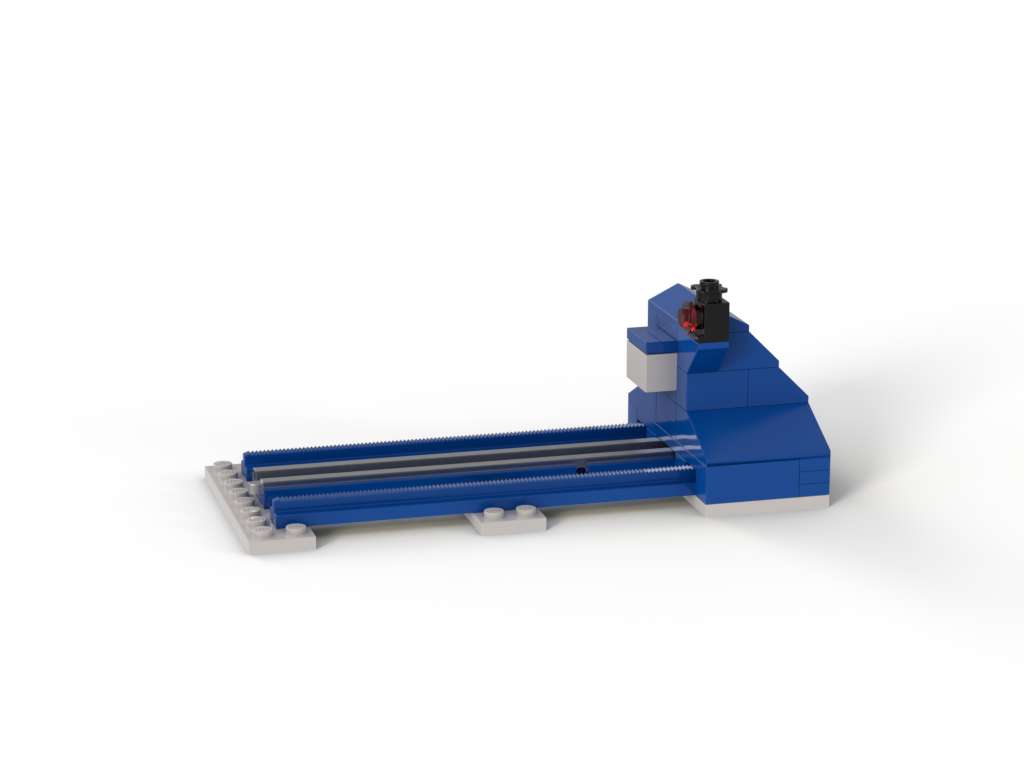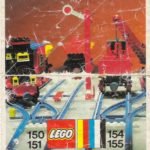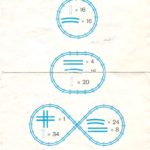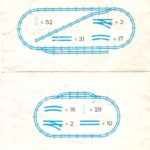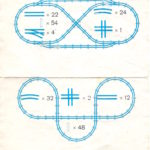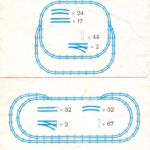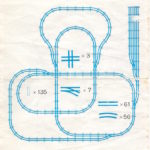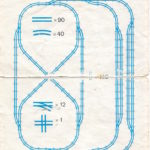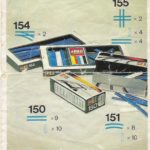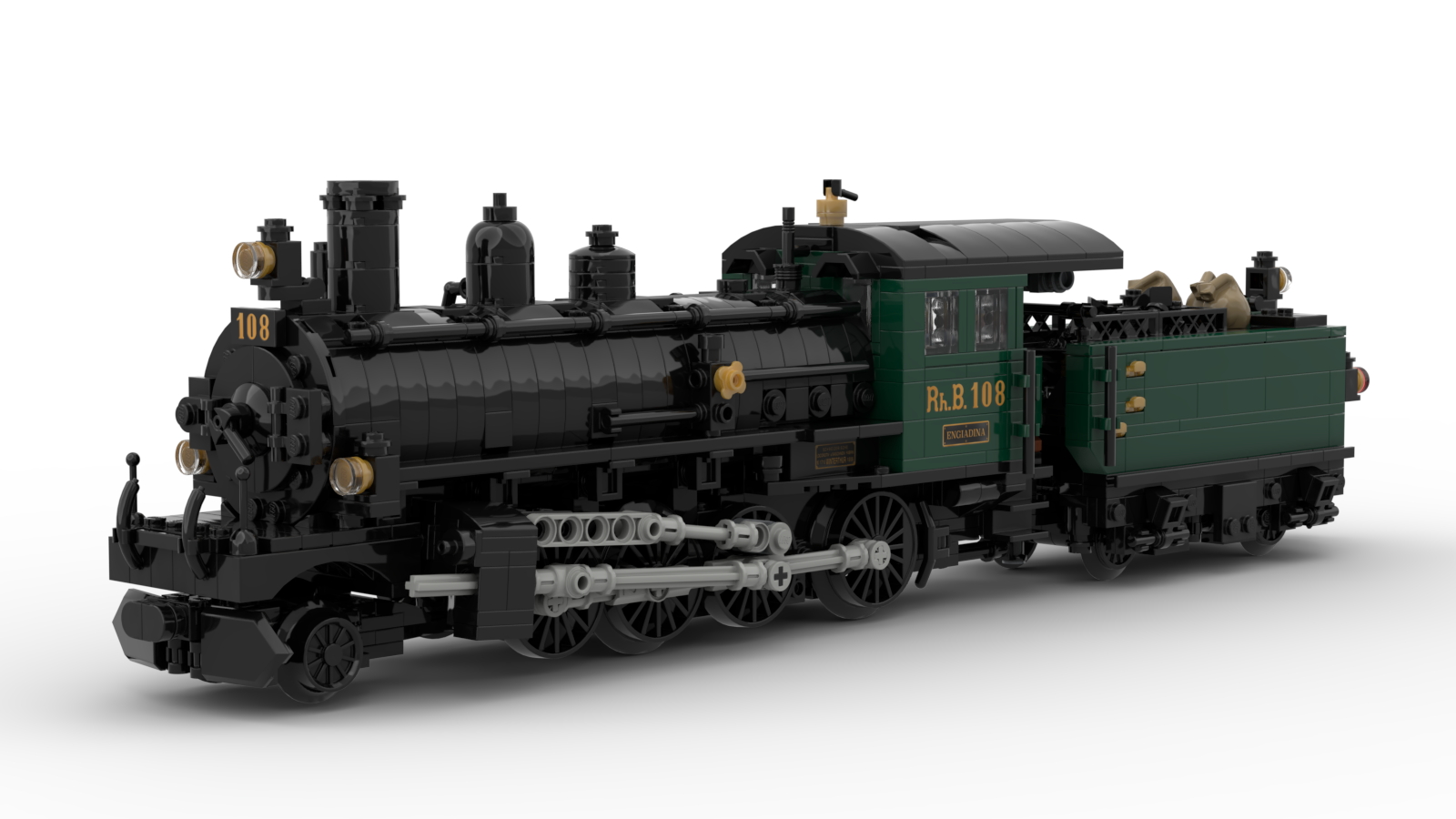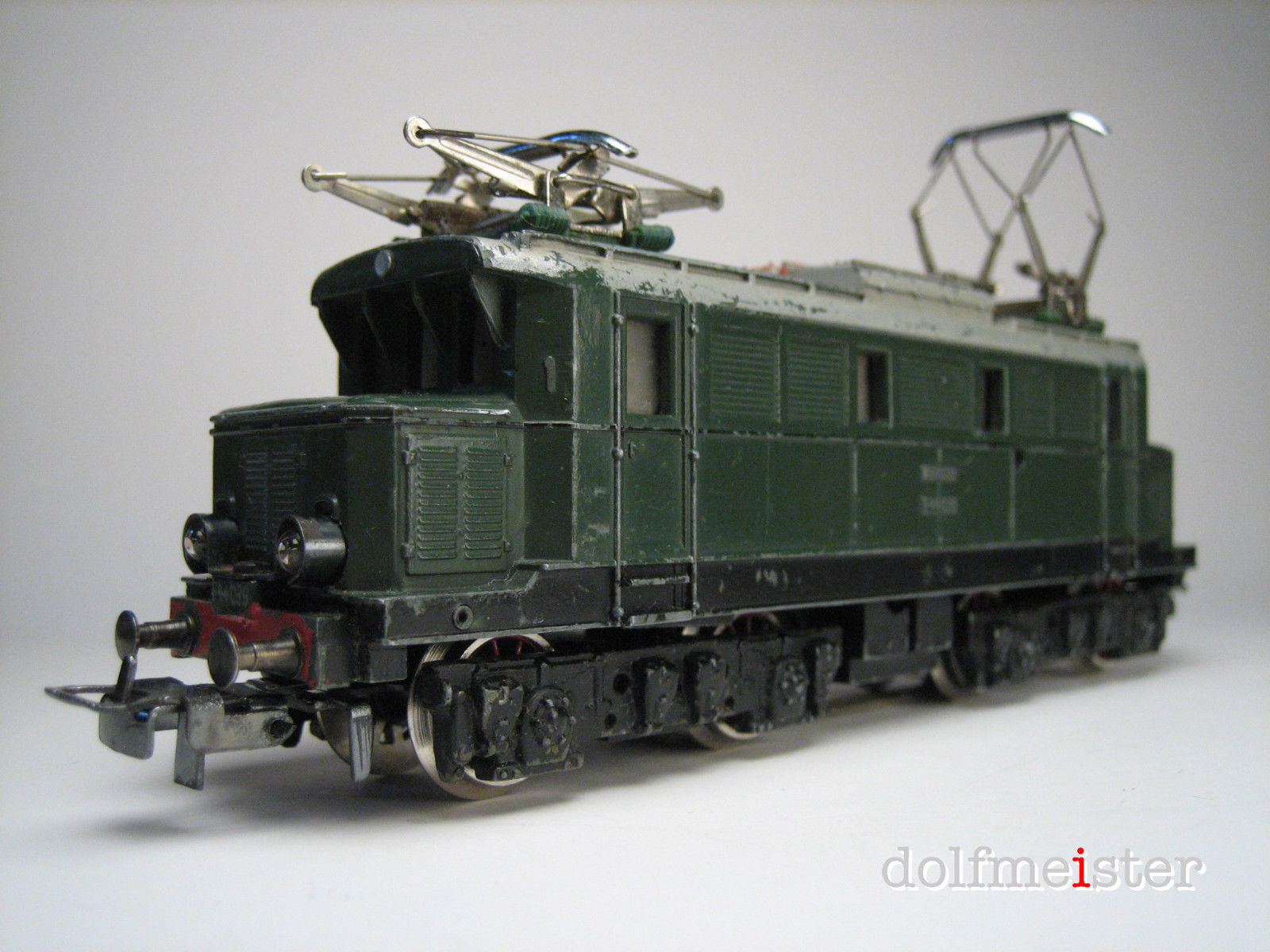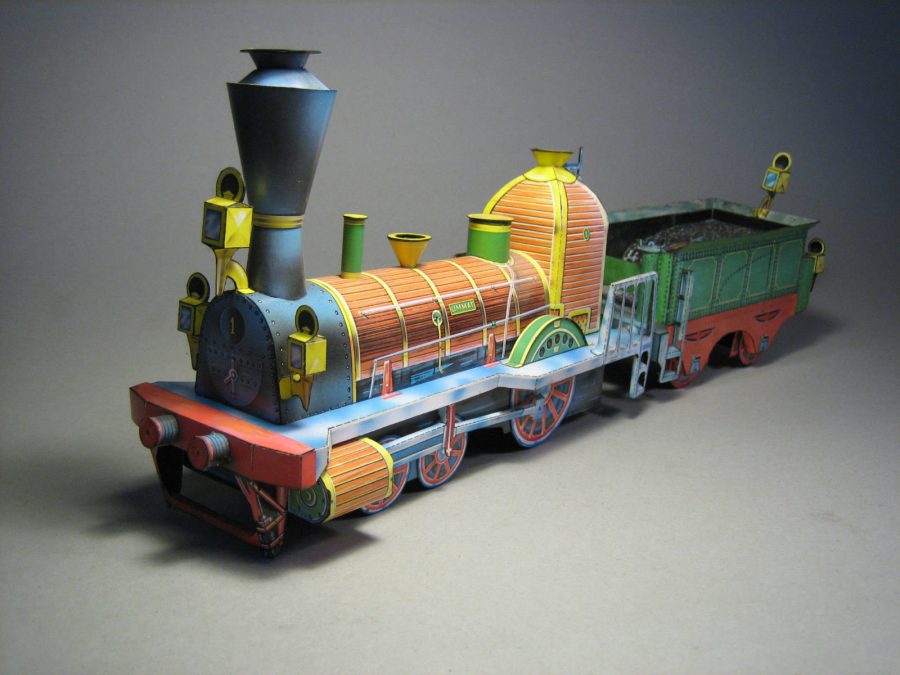Lego have banked on trains from the beginning, initially with trackless push-along models reminiscent of wooden toys of old. A rail system and battery powered motors appeared (to my knowledge) around 1968. The gauge of 6 studs has remained the same throughout, whereas power systems changed several times from battery with manual control, to track powered and back to battery, this time with cordless remote control.

The evolution of LEGO train track styles
The heyday was the 1980s with the 12V system. It offered lighting, signalling and central control, one could buy complete sets or individual wagons and even track to expand the empire! It was a proper programme with accessories and all that could be compared to big model railway brands. Of course, LEGO trains were highly stylised and oddly proportioned, but they were charming, nonetheless.. Today’s offering is paltry in comparison and the designs often over-done or just ugly.

LEGO points over time. Blue and grey were made without electric rails also.
The geometry is based on a grid 16 studs long, 8 studs wide, Curves are 22.5 degree segments with a 40 stud radius. 2 x 8 plates form the sleepers; blue and white make up the colour scheme. With just five different elements, many interesting configurations were possible. as can be seen in this track plans brochure.
Early 1970s pamphlet showing suggested track plans.
When I picked up my LEGO train again, its track geometry bothered me. As the diagrams above show, the system is inherently symmetrical, with any feature requiring a similar one on the opposite side for the geometry to add up. An interesting feature is the relationship between straight and curve, which makes a figure 8 layout fit perfectly. Quite clever, as this allows versatility with a minimum number of elements.
Points measure 32 studs (two standard straights) long, and they come in a S configuration. To fit the grid, the radius is slightly smaller than that of the regular curves. Thus, points do not fit the same space as two curves arranged in a similar way. The design forces a very narrow clearance between parallel tracks. With them directly side by side, only two studs remain. This does not allow much room at all and rolling stock is limited to 6 studs wide. This standard, LEGO has kept to this day.

Only 6 studs overall don’t allow much space on the inside.
I wanted to break the mould and have reasonably detailed models. Adding to the width just one stud on each side changes the appearance rather a lot. At the same time, the minimum clearance is compromised. So, I went about making changes…
-oOo-
With simple tools and super glue, I first of all repaired the crossing that had survived in pieces. This was a familiarisation exercise to get to know the materials and how best to work with them. The next step was to study the geometry and make sense of it. Straight and curved rails are fixed units, that can be shortened quite easily. Making them longer requires gluing and reinforcing beneath with a plate. Adding a sleeper to the middle of each segment not only aids the appearance, but also stiffens the whole assembly. However, explaining the geometry is best done in pictures:

A crossover using LEGO points. 64 studs long x 16 studs between centres.

A crossover after removing the double S-bend. Dimensions are the same as before,
except offset by 4 studs for each parallel line.

A counter curve takes the place of a point to create a simple junction or a siding.

A set of points can also be inserted diagonally and still fit neatly within the grid.
It is conceivable to build all sorts of crossings and different shaped points to fit within this new concept. I have decided to leave it at points for now, because I can use existing parts to modify. The old blue rails can be got for little money, if you buy cleverly. This system shall remain battery powered for now as well, all the while keeping the possibility to add power rails later on open.
Seeing I don not possess an endless supply of real bricks, I shall use those I have to build prototypes for testing, before translating them into digital building instructions. Printed and bound, they will be quite lovely documents and as a computer file, they shall take up no room at all!

